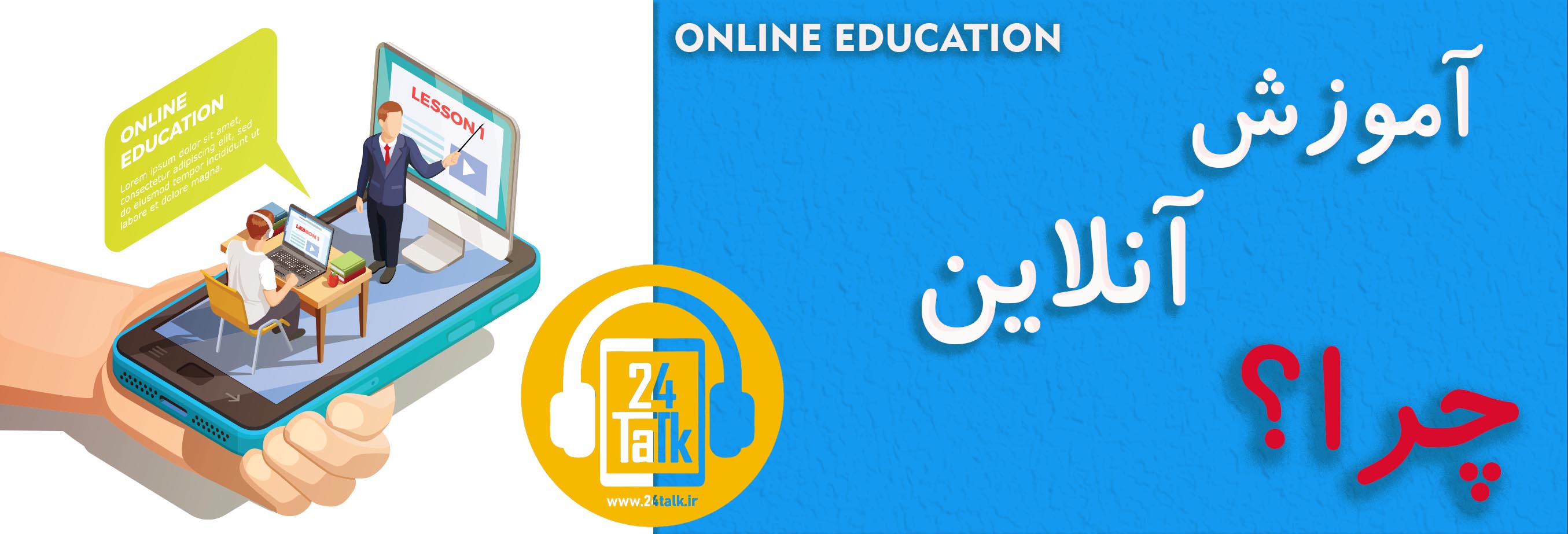پادکست British Council سطح C1 شماره 7
پادکست British Council سطح C1 شماره 7 :Innovation in business
با هفتمین قسمت از پادکست British Council سطح C1 (پایه Advanced) همراه شما هستیم.
گوش دادن به این پادکست ها به تقویت مهارت listening ات کمک زیادی میکنه، پس اگه سطحت Advanced ئه و دوست داری این مهارت خیلی مهم رو از همون قدم های اول یادگیری زبان تقویت کنی، این پادکست رو از دست نده!
قبل از گوش دادن به پادکست، تمرین آمادگی زیر را انجام بده. بعد به پادکست گوش کن و تمرین های آخر مطلب را با توجه به محتوای پادکست انجام بده.
تمرین آمادگی
کلمات ستون سمت چپ را به معنی آن ها در ستون راست وصل کن: (جواب تمرین در انتهای صفحه)
| معانی – Definition | لغات – Vocabulary |
| a. to stop developing or making progress b. different from the usual way of doing something c. the end of something that used to exist d. someone who has a connection to your work and will also benefit from its success e. a first test version of a new product f. to officially start using an idea and making changes connected to it | demise a stakeholder to implement unconventional to stagnate a prototype |
حالا به پادکست گوش کن. در این قسمت قراره به اخباری در مورد نوآوری در کسب و کار گوش بدی. با گوش دادن به پادکست هم می تونی مهارت شنیداریت رو تقویت کنی و هم کلی عبارت و کلمه ی کاربردی یاد بگیری.
British Council – Advanced: Innovation in business

متن پادکست:
Welcome to today’s Business4U podcast. The focus of this podcast is to think about innovation and why it’s important, and also to look at different types and stages of innovation. By the end of it, you will hopefully have a better grasp of the topic of innovation and be able to better understand and drive innovation in both your working and personal lives.
So, why is innovation important? Well, simply put, without innovation it would be difficult to make progress. Organisations and societies would stagnate. Innovation is what drives us forward. It’s what forces us to compete in the business world. It’s what leads to better products and services, and solutions to new and existing problems. From a business point of view, it’s also something which is necessary for survival.
Four key types of innovation are incremental, disruptive, architectural and radical.
Incremental innovation involves innovating in increments, or small stages. Step by step. It focuses on existing markets and technologies and aims to make improvements and design changes to existing products and services.
Disruptive innovation aims to bring new ideas, like technology or processes, to existing markets. In that sense, the innovations will disrupt the market and the companies currently serving that market. The first touchscreen smartphones disrupted the mobile phone industry because up to then, mobile phones had buttons and keypads.
Architectural innovation involves taking successful ideas from one market or industry and applying them to a new or different market. This often happens when people think of other unconventional uses of existing technology. A good example of this can be seen in vacuum company Dyson’s entry into the hand dryer and hairdryer market. Their advanced airflow technology from their vacuum cleaners was applied in reverse to machines that blow out air. In the case of these examples, it’s personal hairdryers and hand dryers in public toilets.
And finally, we come to radical innovation. This is where a completely new idea is created for a market that doesn’t exist yet. It’s often what we think of when we think of innovation and it often swallows up existing markets. For example, the birth and growth of digital and downloadable music has practically led to the death of music CDs, and even DVDs. Similarly, film and TV streaming services may lead to the demise of traditional TV within a few short years.
Moving on from types of innovation, let’s have a quick look at five key stages of innovation.
The first stage is Idea generation. This is where you think of the initial idea and develop it into a more detailed proposal or plan.
The next stage is Support. You need to check if you can get support for it, for example from senior leaders or stakeholders in your company. If you’re innovating in your personal life, then the support you might need could be from friends or family. Do they think it’s a good idea and do they think it would work?
The third step is to Experiment and test out the idea. This could mean creating a sample or a prototype of it, if it’s a product. Or if it’s a service, you could test out a basic version of it.
The fourth step is Evaluation. You need to assess how successful your experiments were and what chances of larger success your idea will have.
And finally, you then need to actually Implement your idea. That’s the fifth stage.
So, there you have it. We’ve looked at four key types of innovation: incremental, disruptive, architectural and radical, and also five stages of successful innovation: firstly, idea generation. Then, get support. Next, experiment and test out the idea. The fourth stage is evaluation and finally implementation.
حالا به سوالات زیر جواب بده:
تسک 1
جملات زیر درست (True) است یا نادرست (False) ؟
1.This podcast focuses on some of the downsides of innovation.
2. If they do not innovate, businesses will not survive
3.There are three main types of innovation.
4.Incremental innovation involves a series of small changes.
5.Disruptive innovation involves introducing a change that has an impact on the existing market
6.Architectural innovation relates to the complete restructuring of the market.
7.Dyson’s move from vacuum cleaners to hairdryers is an example of radical innovation.
8.Radical innovation can lead to the death of existing markets
9.The speaker suggests that you test your idea before you try to get support for it.
10.The evaluation stage is when you think about exactly how to implement your ideas.
تسک 2
مراحل نوآوری را با توجه به چیزی که در پادکست شنیدی مرتب کن:
1.Get support for your idea
2. Implement your idea
3.Generate an idea and create a plan or proposal
4.Experiment and test your idea
5.Evaluate your idea and adapt it if necessary
جواب ها
1. c
2. d
3. f
4.b
5. a
6. e
تسک 1
1. False
2. True
3. False
4. True
5.True
6.False
7.False
8.True
9.False
10.False
تسک 2
1.Generate an idea and create a plan or proposal
2. Get support for your idea
3. Experiment and test your idea
4. Evaluate your idea and adapt it if necessary
5.Implement your idea
امیدوارم از پادکست British Council سطح C1 شماره 7 لذت برده باشید. برای دسترسی به قسمت های دیگر این پادکست می توانید از صفحه ی پادکست British Council آکادمی مجازی آموزش زبان 24talk دیدن کنید.
همچنین برای گوش دادن به پادکست های BBC می توانید به صفحه ی پادکست 6 دقیقه انگلیسی (BBC) آکادمی مجازی آموزش زبان 24talk مراجعه کنید.
گوش دادن به پادکست روش خوبی برای تقویت مهارت شنیداری و هم چنین یادگرفتن کلمات در بستر یک موضوع خاصه که این به تقویت مهارت مکالمه انگلیسی نیز کمک زیادی می کنه.
اگه دنبال این هستی که مهارت های مکالمه زبان انگلیسیت رو بیشتر از این تقویت کنی بهت پیشنهاد میکنم در دورهی مکالمه زبان انگلیسی آکادمی مجازی آموزش زبان انگلیسی 24talk شرکت کنی که با یه برنامه منسجم و خلاقانه کمک میکنه در زمان کوتاه بتونی به راحتی و روانی انگلیسی صحبت کنی.







